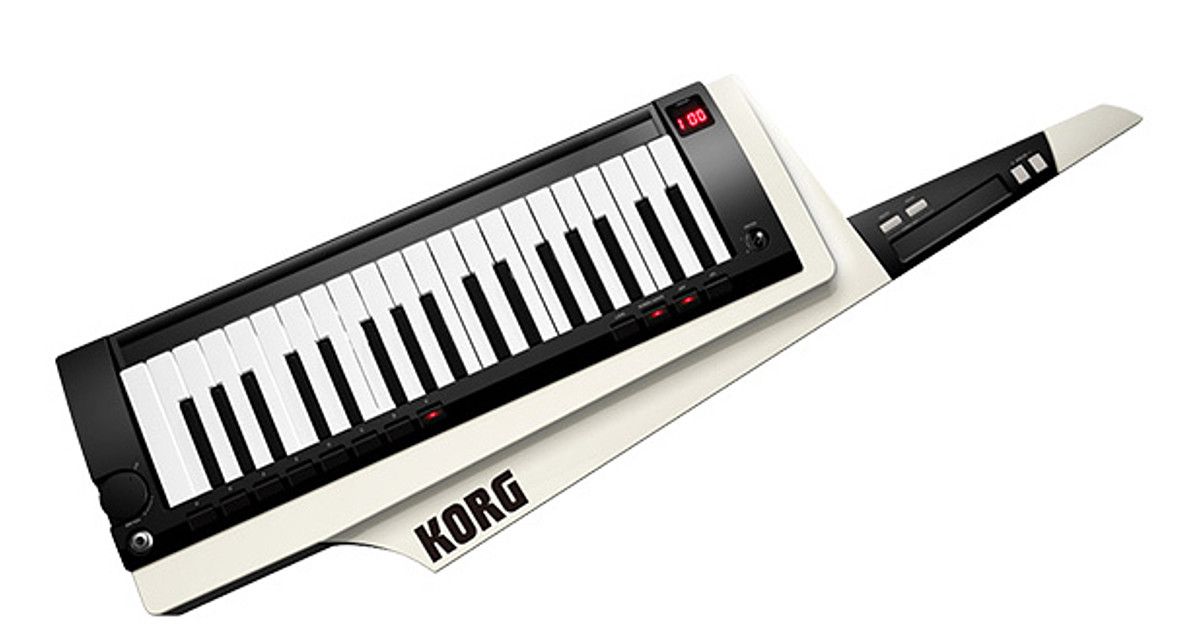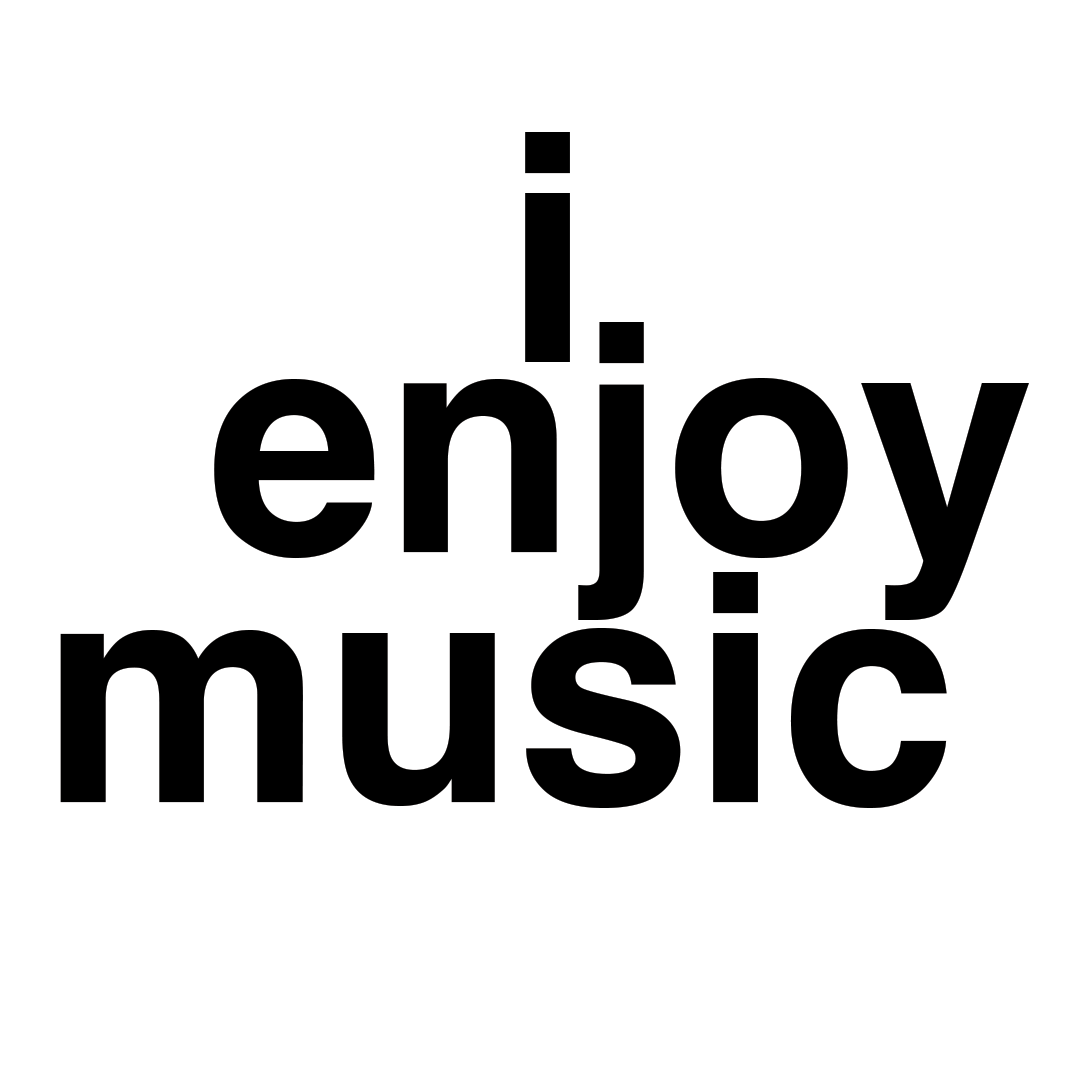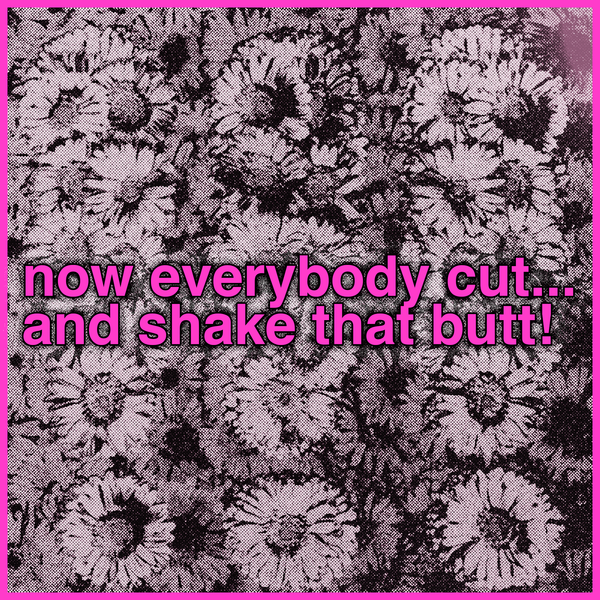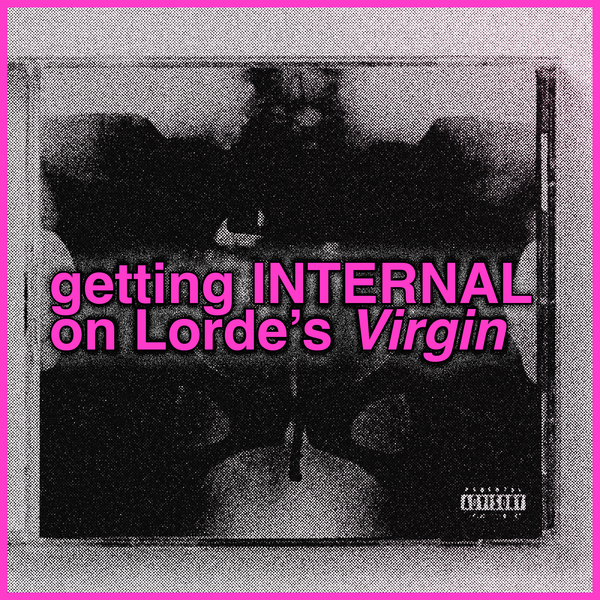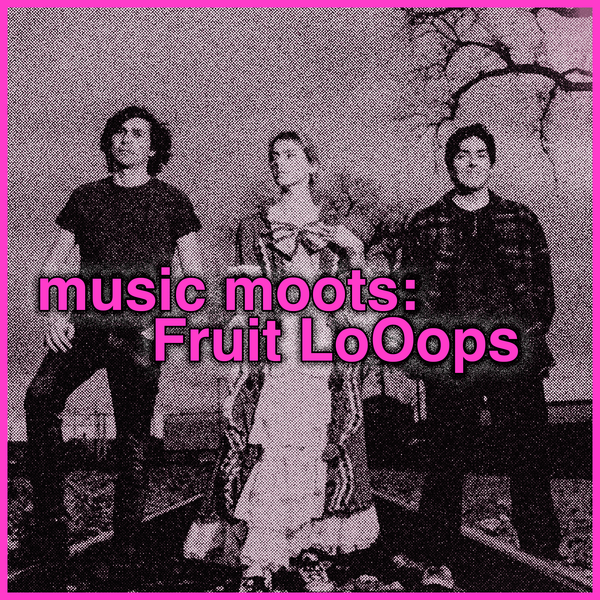an interview with keytar shredder Jeffrey Kornfeld
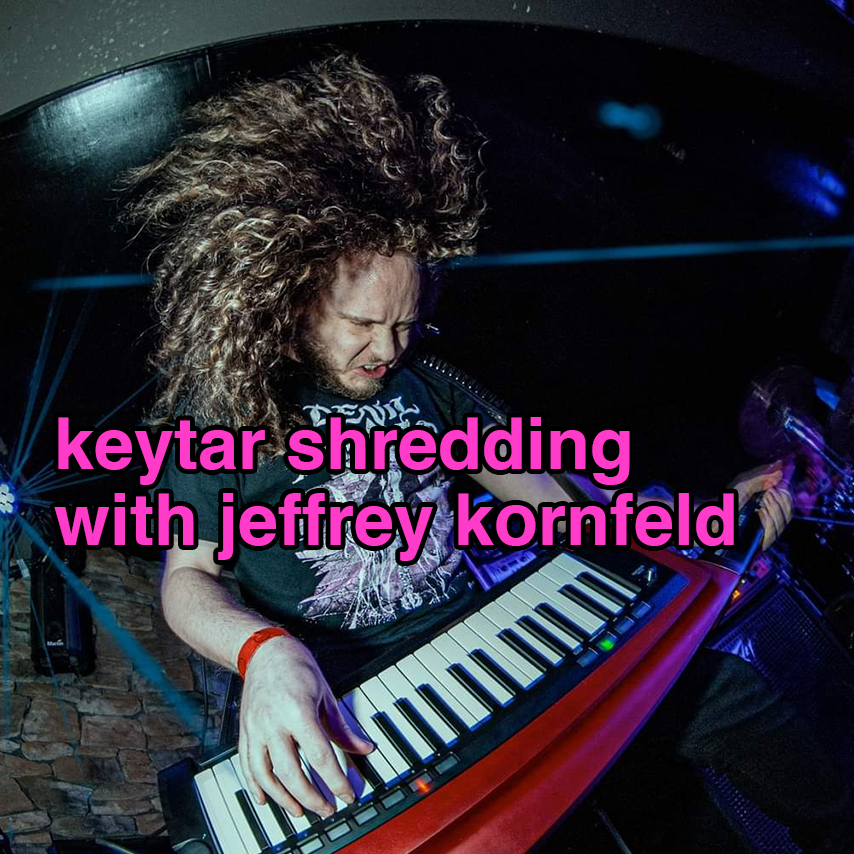
I'm a late-in-life-but-enthusiastic fan of keytars, one of their staunch defenders. Ryan Gosling's character in La La Land was shown at his personal nadir playing a keytar in an '80s cover band, but I thought he was being a little baby and should have been rejoicing about his freedom of motion and ability to express himself!
When I saw a video of Chicago emo-cybergrind band Blind Equation playing live with a keytarist who was positively shredding, I knew I wanted to ask him about his keytar journey. So here's a lil email interview with Jeffrey Kornfeld, who plays live keys with Blind Equation and guitar with Gloryhole Guillotine, in which I learned how Rock Band 3 and the musical anime show K-On! helped inspire his path toward the virtuosic cybergrind music he plays now at shows across the country.
When did you first start playing keytar? What drew you to it?
The first keytar I really had was the keyboard controller for Rock Band 3 back in like 2010. You could use it as a MIDI controller, so I would just hook it up to my main keyboard at the time. It was very small and pretty limited but I loved being able to move around while playing, mostly because I have a hard time standing still. Guitarists are always able to walk around on stage and I wanted that capability as well.
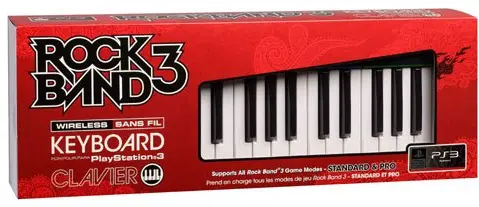
Are there any keytar players from history that you especially admire?
Edgar Winter was one of the first to put a strap on a keyboard, so a lot of the credit is owed to him. One of the first notable artists for me was Christopher Bowes from Alestorm. I got into them pretty early on in high school and he was one of the first keyboardists I saw to consistently use one. Henrik Klingenberg from Sonata Arctica, Vadim Pruzhanof from DragonForce, and Geoff Downes from Yes and Asia were other keyboardists that were inspiring for me to pick one up. Some other notable keytarists that deserve mention are Doctor Sung from TWRP (been obsessed with them lately), Matt Baum from Watch Out For Snakes, Patrick Corona from Cyborg Octopus, and of course my favorite, Mugi Kotobuki from Ho-kago Tea Time.
What is it like to play the keytar with Blind Equation? Do you ever improvise or it is all rehearsed?
Playing in a keyboard-heavy band like Blind Equation has been a dream of mine for awhile. We have a really energetic approach to live shows where I have the need to be able to flail around and jump kick onstage. I find that harder to do when playing traditional keyboards, especially when there is more room on stage for me to move around with our three-piece setup. Sets are all rehearsed as the parts I'm playing are accompanying the backtrack — everything is composed in a way that there isn't much room for improvisation. James sends me all of the files and I arrange the parts I feel make the most sense to play onto sheet music and from there I just rehearse those parts.
What is your make and model of keytar, and why did you choose it?
For Blind Equation I was originally going to use a regular synth and maybe some kind of effects pedal, but the more I learned the material the more I realized the mobility of a keytar would make the most sense. I use the Korg RK100S and RK100S2 live. These models were pretty hard to find at the time, and about a week before the first show as a full band I found a good deal for one.
The keys on this model are a bit smaller than standard synth keys, so it took me some time to get used to the size. In addition to having an onboard synth engine, I use it specifically for the ribbon controls that allow me to slide my finger up and down to play some of the grindy and unplayable parts. I can also add some cool effects and pitch bends when needed. It's very lightweight and portable too, due to its smaller size compared to other keytars, so it's pretty easy to move around with. The model is a little easier to come by now and I have 3 in different colors.
My prized model is a limited edition white "Mugi" model that was released exclusively in Japan in celebration of 5 years of the K-On anime. While I'm still afraid to use that model live, you'll be able to see it in our upcoming music videos.
